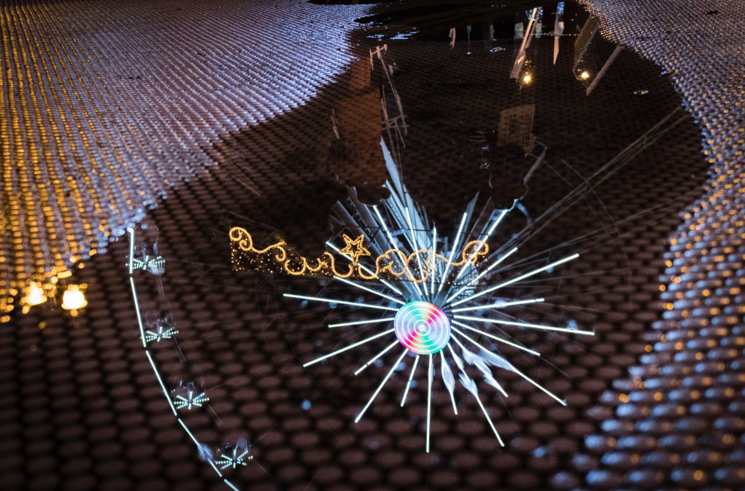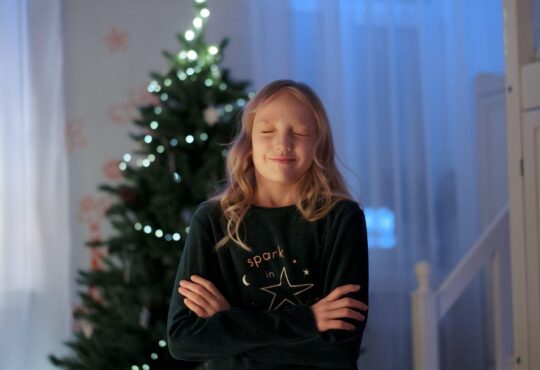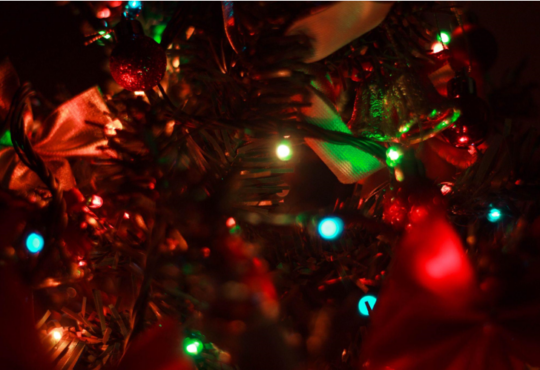
The Science Behind the Perfect, Lifelike Green Artificial Christmas Tree
The Art and Science of Creating Lifelike Artificial Christmas Trees
As the holiday season approaches, many families search for the perfect green artificial Christmas tree to bring home and decorate. However, for various reasons, more and more households are opting for artificial trees. Not only do they offer convenience and cost savings, but with recent technological advances, artificial trees are looking more and more like the real deal.
So, what goes into creating a real artificial tree that can rival the beauty of a natural one? The answer lies in a combination of artistry and science.
The Art of Mimicking Nature
Crafting a high-quality artificial tree requires a keen eye for detail and a deep understanding of how natural trees grow and look. One of the most significant advancements in recent years has been the development of PVC needles with a more realistic texture and color, thanks to innovative manufacturing techniques.
For example, manufacturers are now using multiple shades of green instead of just dying the green plastic needles to mimic the subtle color variations in real pine needles. The hands are also molded to create the same rough texture found in nature, adding to the overall realism of the tree.
In addition to improving the needles, manufacturers also pay attention to the tree branches. For example, many artificial trees now come with “memory wire,” which means the units can be easily shaped and positioned to mimic the look of a natural tree.
These efforts combine to create a tree that looks and feels more like a live one, giving consumers the best of both worlds.
Bringing Trees to Life with LED Lighting
Of course, having a beautiful artificial tree is just part of the equation. The other crucial aspect is lighting. Recent advances in LED technology have allowed manufacturers to create lighting systems that mimic the twinkle and glow of live trees.
One of the primary advantages of LED lighting is its energy efficiency. LED lights use far less energy than traditional incandescent bulbs, saving money on electric bills and reducing the tree’s environmental impact.
But it’s not just efficiency that makes LED lights a top choice for artificial trees. They’re also incredibly versatile. Manufacturers can use different colors and shades of light to create various effects. For example, some trees now have lights set to warm white or cool white, depending on the desired look.
In addition to color options, LED lights can be programmed to “twinkle” or “fade” on and off, creating a dynamic and eye-catching display.
The Future of Artificial Trees
Artificial Christmas trees have come a long way in recent years thanks to innovations in both manufacturing and lighting technology innovations. But what does the future hold?
One trend that’s currently gaining popularity is the use of alternative materials in tree construction. For example, some manufacturers are experimenting with using recycled materials like cardboard and seagrass to create unique, eco-friendly trees.
Additionally, some companies are exploring using augmented reality to enhance the tree-buying experience. Customers can “try on” different trees in their homes using a smartphone app before purchasing.
As technology continues to evolve, we can expect even more exciting advancements in artificial trees, bringing ever closer to a tree that land is just like the real thing.



